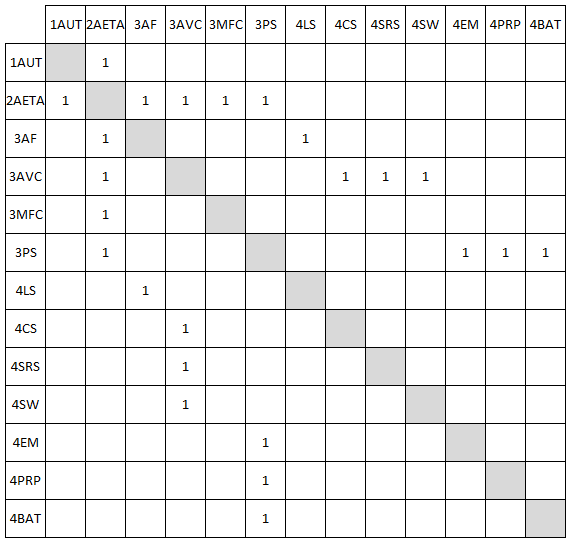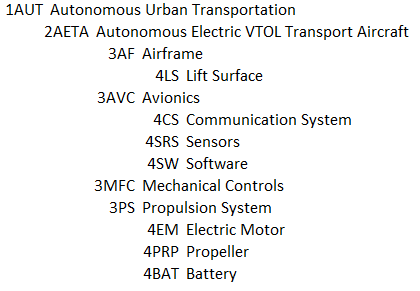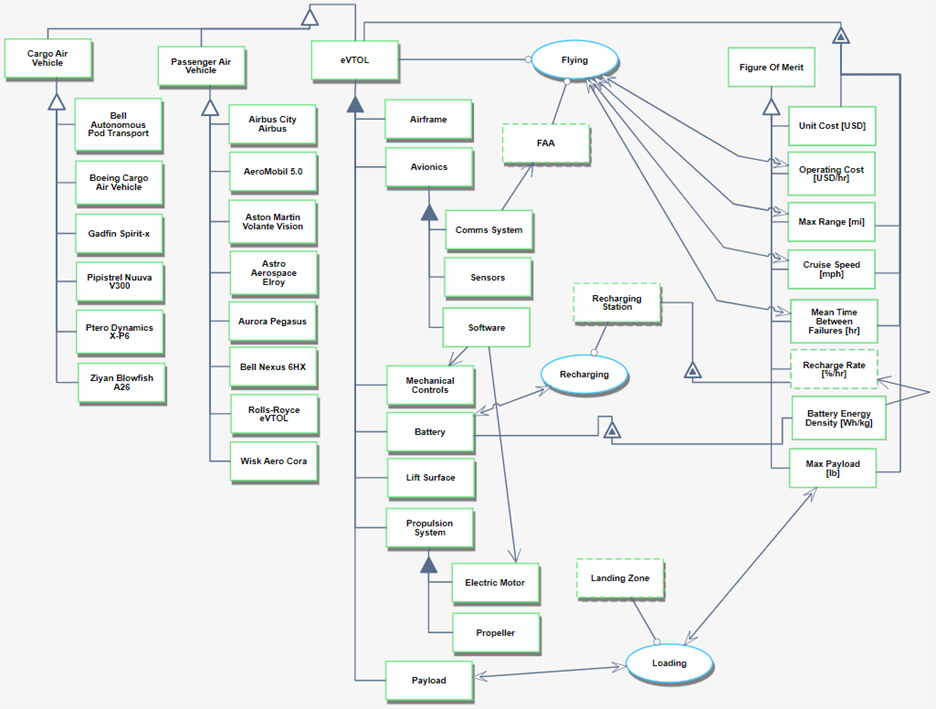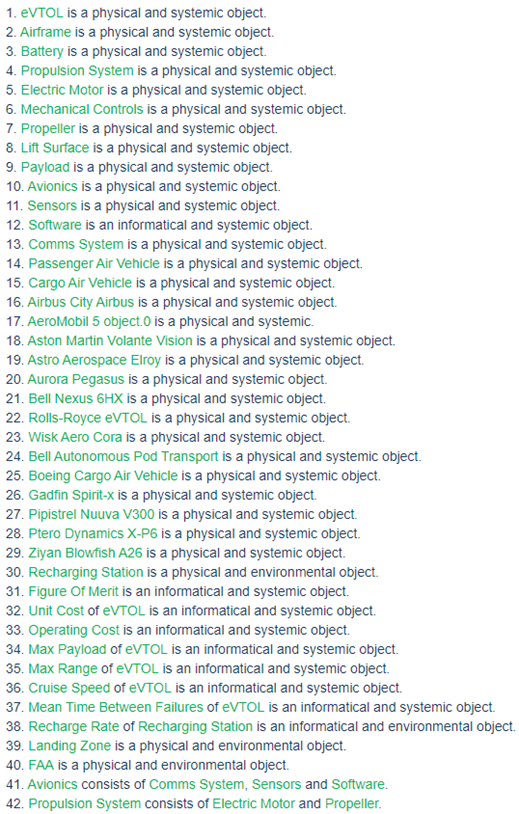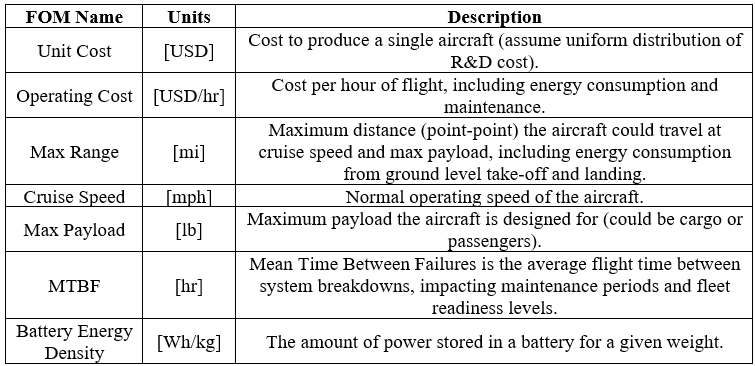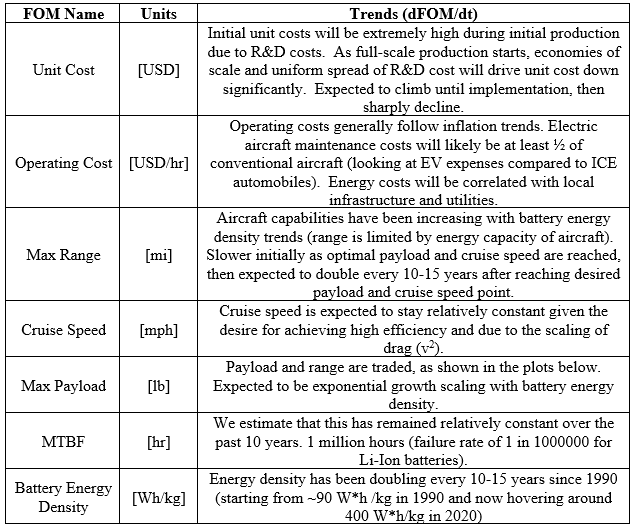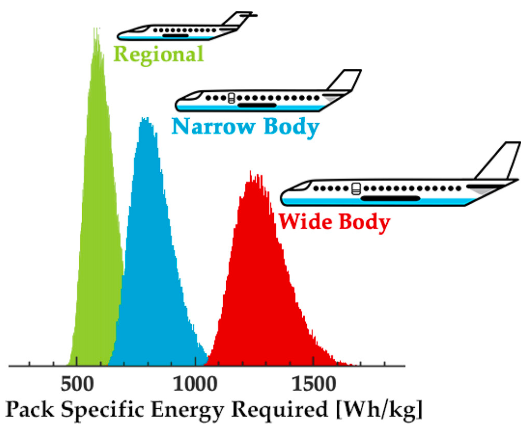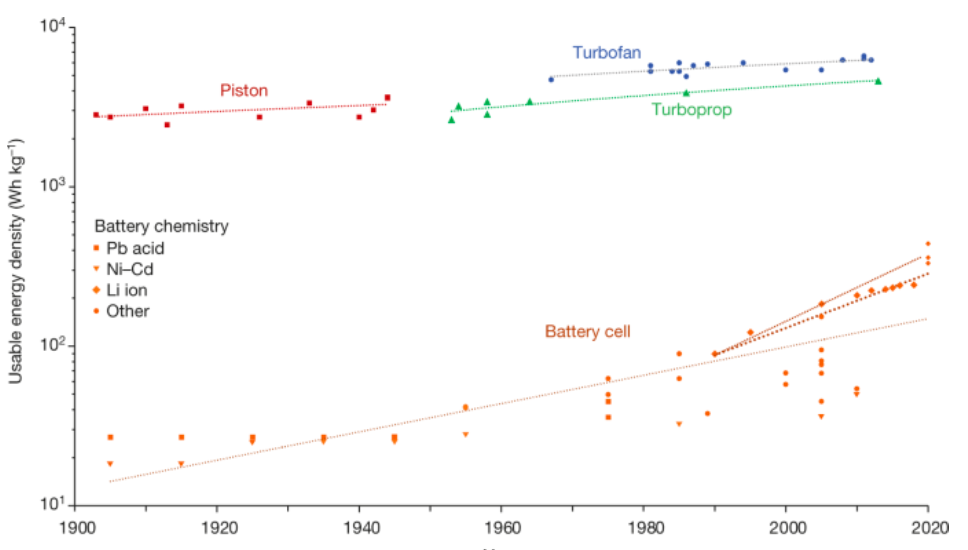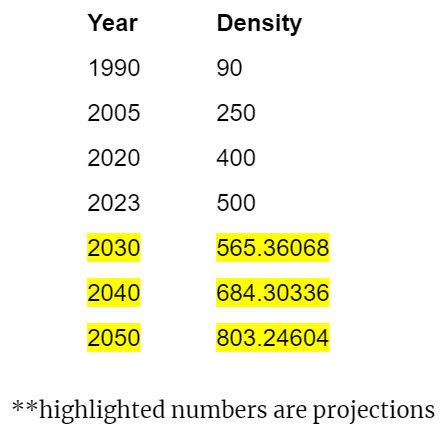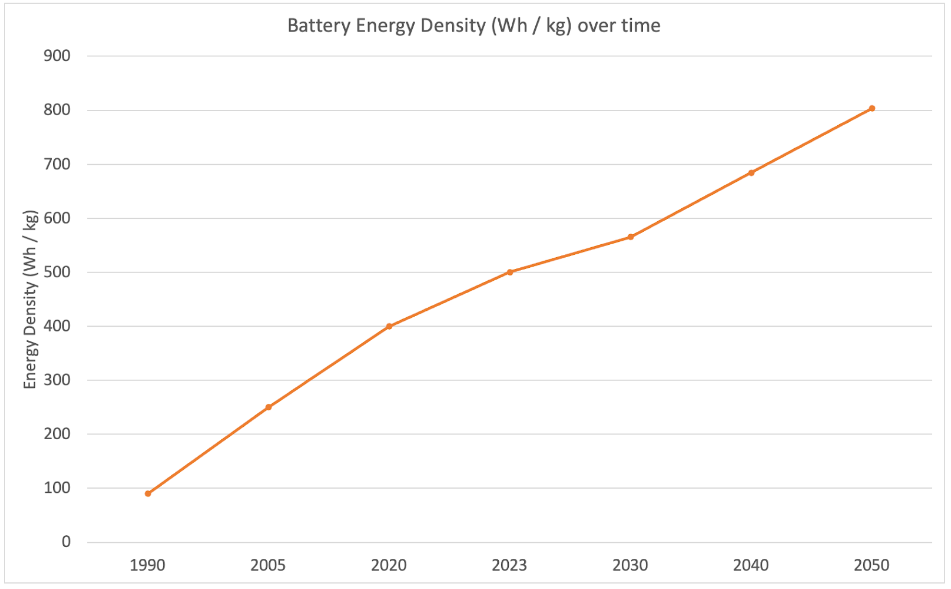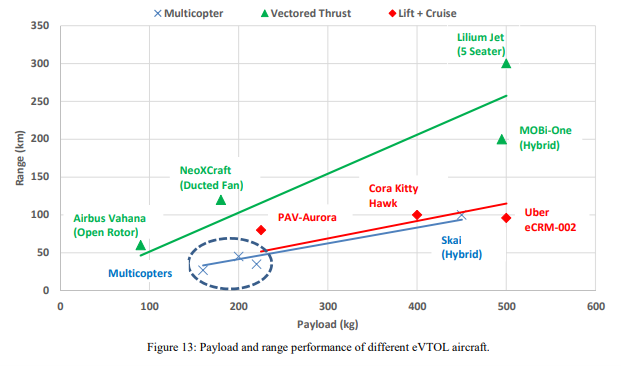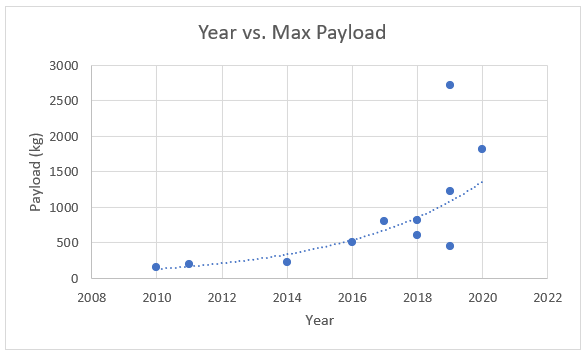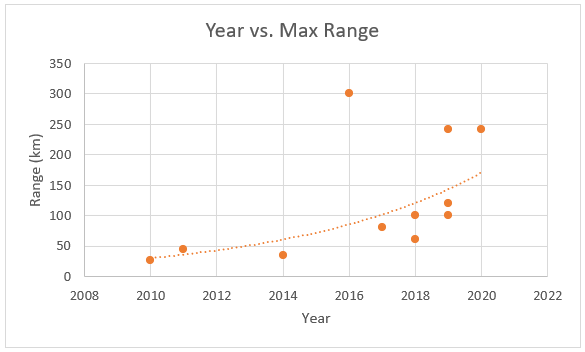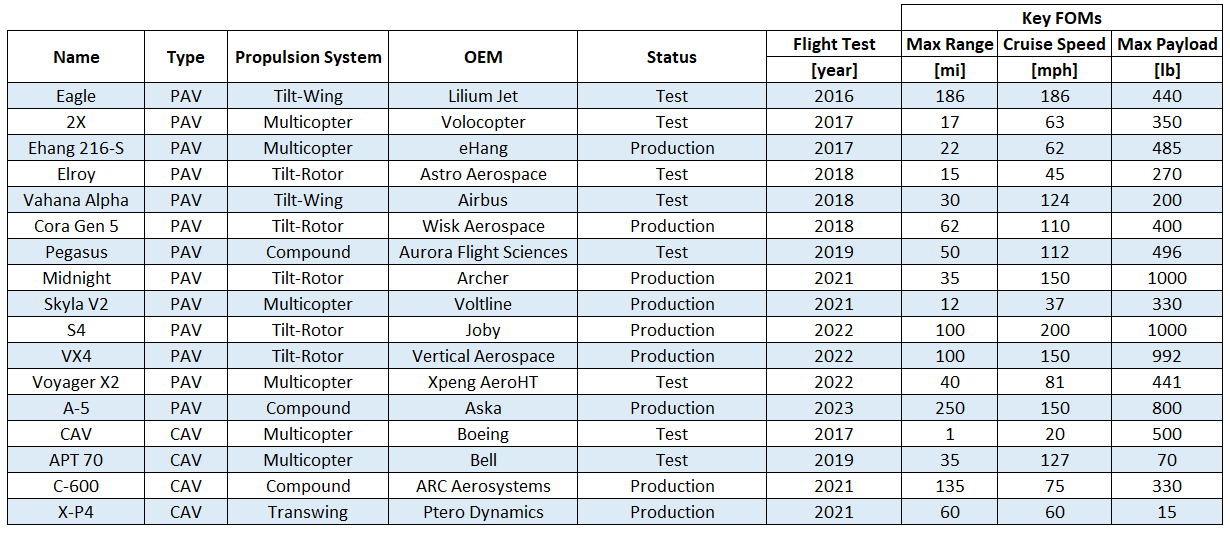Difference between revisions of "Autonomous ElectricVTOL Transport Aircraft"
| Line 59: | Line 59: | ||
==Positioning of Company vs. Competition== | ==Positioning of Company vs. Competition== | ||
The image gallery below depicts various industry leading eVTOL aircraft that fit this category and have successfully completed first flight. | |||
<gallery> | <gallery> | ||
| Line 70: | Line 72: | ||
<gallery> | <gallery> | ||
File:2-AETA_Pegasus.png|left| 250px |Aurora Pegasus | File:2-AETA_Pegasus.png|left| 250px |Aurora Pegasus | ||
File:2-AETA_Midnight. | File:2-AETA_Midnight.jpg|left| 250px |Archer Midnight | ||
File:2-AETA_Skyla. | File:2-AETA_Skyla.jpg|left| 250px |Voltline Skyla V2 | ||
File:2-AETA_JobyS4.jpg|left| 250px |Joby S4 | File:2-AETA_JobyS4.jpg|left| 250px |Joby S4 | ||
File:2-AETA_VerticalAerospace.jpg|left| 250px |Vertical Aerospace VX4 | File:2-AETA_VerticalAerospace.jpg|left| 250px |Vertical Aerospace VX4 | ||
| Line 84: | Line 86: | ||
</gallery> | </gallery> | ||
<br> | <br> | ||
The table below compiles publicly available data on the aircraft and some key Figures of Merit. The table consists of a large variety of aircraft, including different propulsion types and cargo/passenger aircraft. | |||
Note, many critical FOMs are not publicly available for these aircraft. Consequently, full technology development cannot be mapped. For example, the Voltline Skyla-V2 sacrifices performance for cost advantage (based on observable airframe structure) - this is not captured for the pareto front because unit cost has not been defined yet. In addition, the values provided are released in media, but not validated through test. By limiting scope to only tested aircraft, and not conceptual mockups, the reporting error should be minimized, but will still be present without a reliable means of confirming provided data. | |||
[[File:2-AETA_CompetitionResearch.png]] | |||
==Technical Model: Morphological Matrix and Tradespace== | ==Technical Model: Morphological Matrix and Tradespace== | ||
Revision as of 06:22, 2 November 2023
Autonomous Electric Vertical Take-off and Landing (eVTOL) Transport Aircraft
Roadmap Overview
Autonomous Electric Vertical Take-off and Landing (eVTOL) Transport Aircraft are a wide category of unpiloted, electrically powered aircraft for the purpose of transporting goods or organisms. They may fall under the Cargo Air Vehicle (CAV) or Passenger Air Vehicle (PAV) categories. The aircraft have relatively small footprints and are well suited for navigation in urban environments. They are currently in development by various companies ranging from traditional aerospace companies (Airbus and Boeing) to new competitors from different backgrounds (Amazon to Rolls-Royce) and widely believed to have a huge impact on the future of mobility. While individual components of the technology are well developed, the focus here is the assembly and integration of autonomy, which requires increased efficiency, increased reliability, improved infrastructure, and significant cost reductions from the current state.
Image Source: https://wisk.aero/aircraft/
DSM Allocation
This would be related to the following existing roadmaps: 2SEA, 2BEV, 2SPA, 2EVL, 3ESB, 3BAS.
The 2-AETA tree from the DSM shows it as a subste of autonomous urban transportation (1AUT). It consists of various major subsystems, including airframe (3AF), avionics (3AVC), mechanical controls (3MFC), and the propulsion system (3PS). Those subsystems require various component level technologies, including lift surface (4LS), communication system (4CS), sensors (4SRS), software (4SW), electric motor (4EM), propeller (4PRP), and battery (4BAT).
Roadmap Model using OPM
Figures of Merit (FOM)
Battery Energy Density FOM
We estimate that electric battery technology is currently slowing and nearing the stagnation point. Based on the current achievable energy densities of Li-ion batteries, we are at or near the theoretical limit unless there is a major breakthrough in solid-state technologies or non-conventional oxide chemistries. The maximum theoretical specific energy density for a max 4.2V battery is estimated to be between 380-460 Wh / kg. Current understanding of technology has the densest lithium-ion batteries generally hovering below 300 Watt hours per kilogram (Wh/kg); however a few companies (CATL and Amprius) claim batteries boasting a 500 Wh/kg density, which could potentially mean regional electric transport could become viable in the near future.
Lithium-ion batteries emerged onto the commercial market in the 1990s and since then, the energy density has been doubling every 10-15 years.
Payload and Range FOMs
Alignment with Company Strategic Drivers
Positioning of Company vs. Competition
The image gallery below depicts various industry leading eVTOL aircraft that fit this category and have successfully completed first flight.
The table below compiles publicly available data on the aircraft and some key Figures of Merit. The table consists of a large variety of aircraft, including different propulsion types and cargo/passenger aircraft.
Note, many critical FOMs are not publicly available for these aircraft. Consequently, full technology development cannot be mapped. For example, the Voltline Skyla-V2 sacrifices performance for cost advantage (based on observable airframe structure) - this is not captured for the pareto front because unit cost has not been defined yet. In addition, the values provided are released in media, but not validated through test. By limiting scope to only tested aircraft, and not conceptual mockups, the reporting error should be minimized, but will still be present without a reliable means of confirming provided data.
Technical Model: Morphological Matrix and Tradespace
To be completed by Johannes
Key Publications and Patents
To be completed by Johannes
References
1. https://www.precedenceresearch.com/evtol-aircraft-market#:~:text=Based%20on%20Range%2C%20the%20global,and%20landing%20(eVTOL)%20aircraft. 2. https://www.eucass.eu/doi/EUCASS2022-7362.pdf 3. https://www.nature.com/articles/s41586-021-04139-1 4. https://ev-lectron.com/blogs/blog/electric-car-maintenance-cost#:~:text=On%20average%2C%20EV%20drivers%20would,clocking%20in%20at%2015%2C000%20miles. 5. https://batteryuniversity.com/article/bu-304a-safety-concerns-with-li-ion 6. https://pubs.acs.org/doi/10.1021/acsenergylett.9b02574#:~:text=For%20regional%20aircraft%2C%20the%20specific,miles%20according%20to%20Figure%203. 7. https://www.nature.com/articles/s41586-021-04139-1

